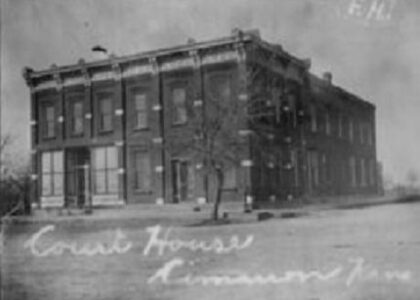As you find yourself in the heart of Arizona, near the coordinates 33.332778, -110.161111, you are standing on land that echoes with the stories of struggle and resilience—a testament to the forced removal of the Apache people. This land, once roamed by the Apache, is a poignant reminder of a tumultuous period in American history, marked by conflict, displacement, and survival against overwhelming odds.
The Apache, a group of culturally related Native American tribes, were known for their fierce independence and adept survival skills in the harsh desert landscape. However, their story took a tragic turn in the late 19th century when expanding American territories led to their forced removal. The U.S. government, driven by a policy of assimilation and territorial expansion, sought to relocate the Apache to reservations, disrupting their traditional way of life.
One of the most notable figures during this time was Geronimo, an Apache leader known for his resistance against U.S. and Mexican military campaigns. Born in 1829, Geronimo became a symbol of Native American resistance, leading numerous raids and evading capture until his eventual surrender in 1886. His legacy is one of bravery and defiance, embodying the Apache spirit of resistance.
The forced removal of the Apache was part of a broader pattern of displacement across the United States, as indigenous peoples were pressured to assimilate into the dominant American culture or face relocation. The Apache were moved to reservations, often far from their ancestral lands, where they struggled to maintain their cultural identity amidst efforts to impose new lifestyles and values upon them.
Over time, this location has evolved from a site of conflict and displacement to one of reflection and remembrance. It serves as a solemn reminder of the resilience of the Apache people and their enduring legacy. Today, descendants of the Apache continue to honor their heritage, celebrating their rich cultural traditions and contributions to American history.
As you leave this site, consider the lasting impact of these historical events on the Apache and the broader narrative of Native American history. The forced removal was not merely a physical relocation, but an attempt to erase a culture that, despite all odds, continues to thrive and influence the American tapestry today.





